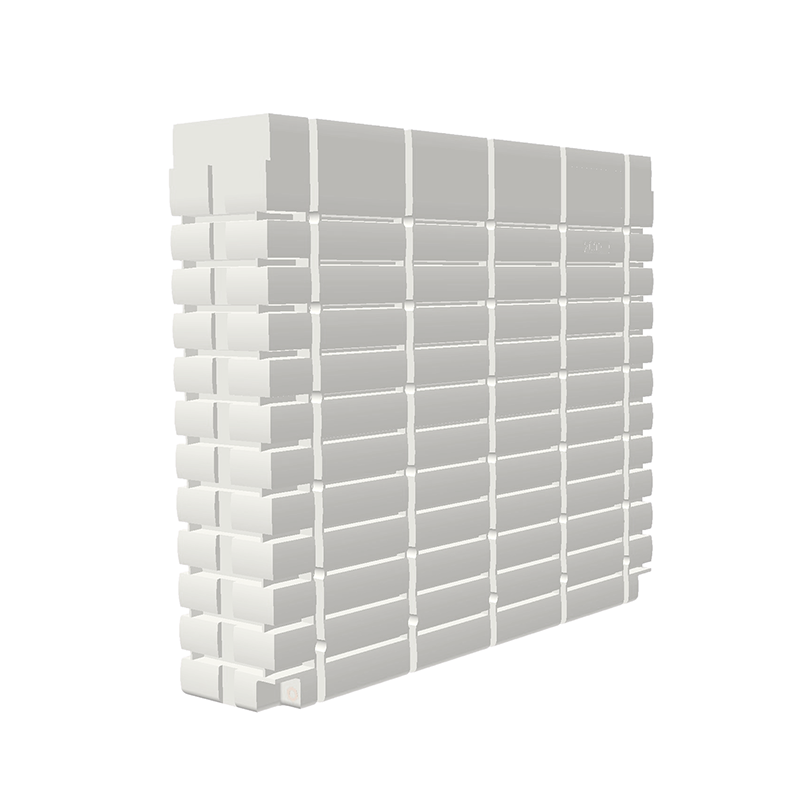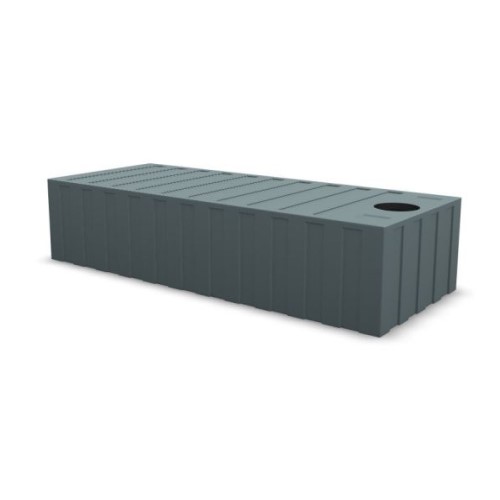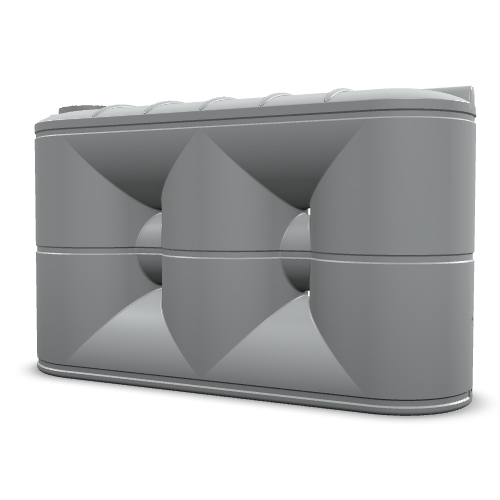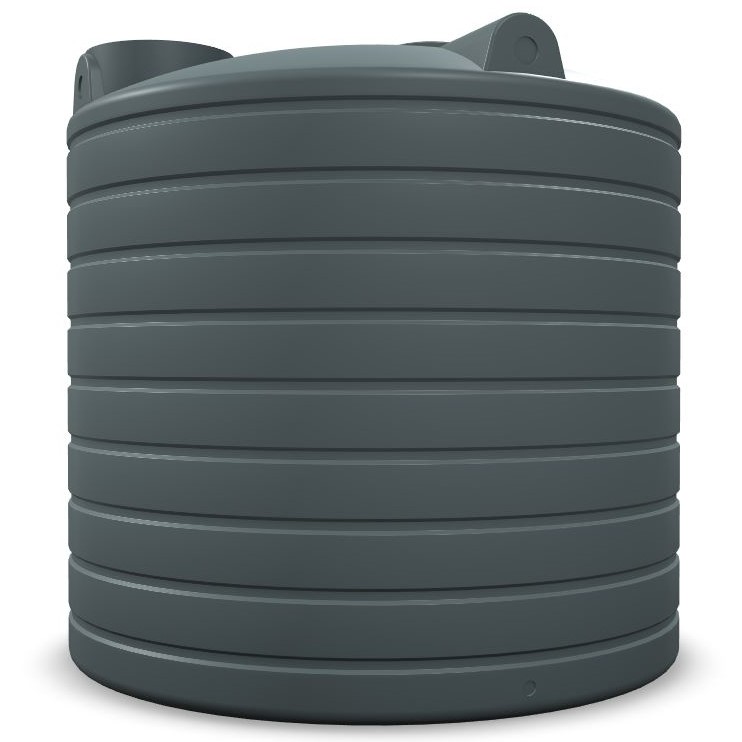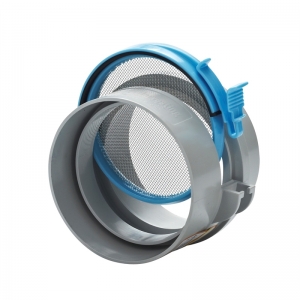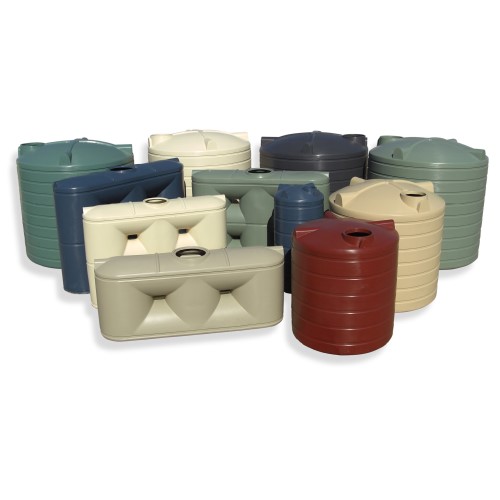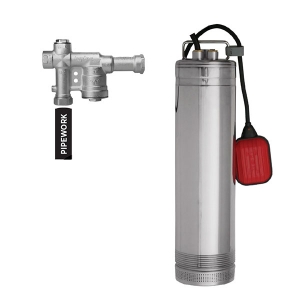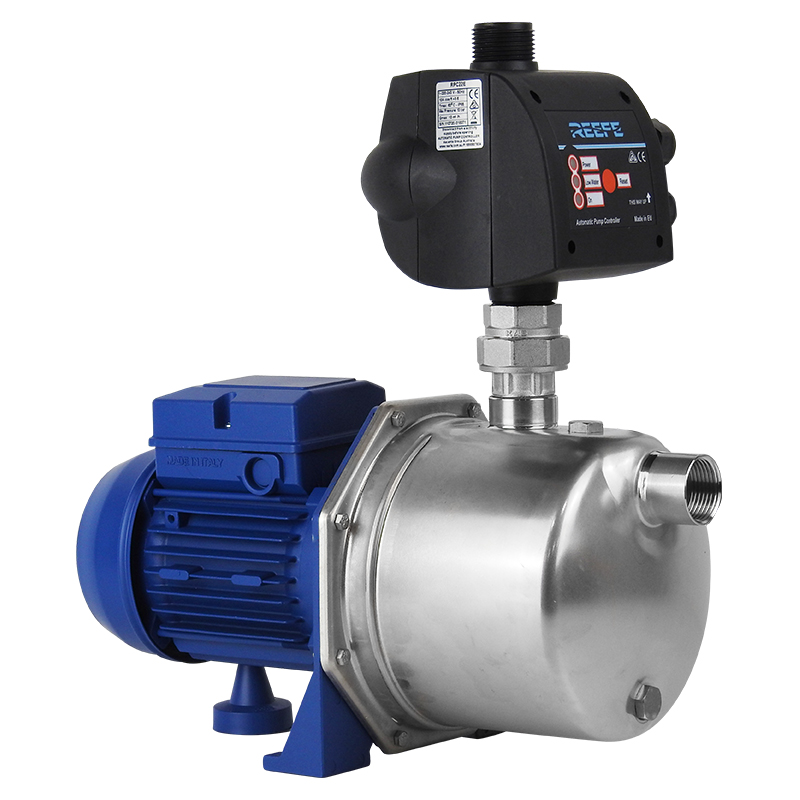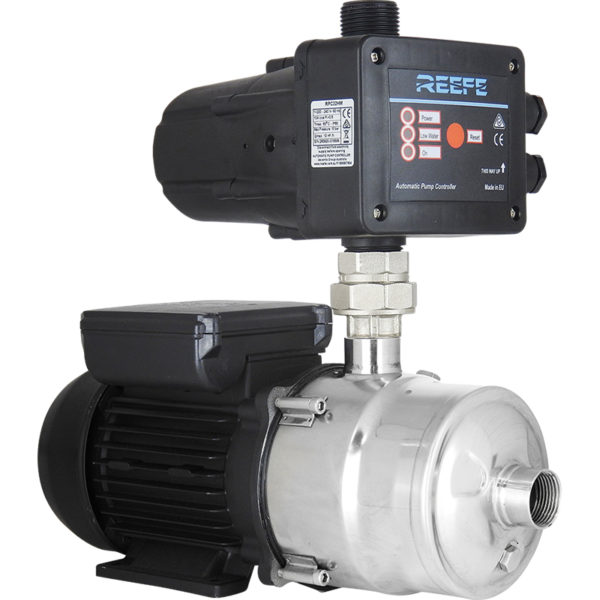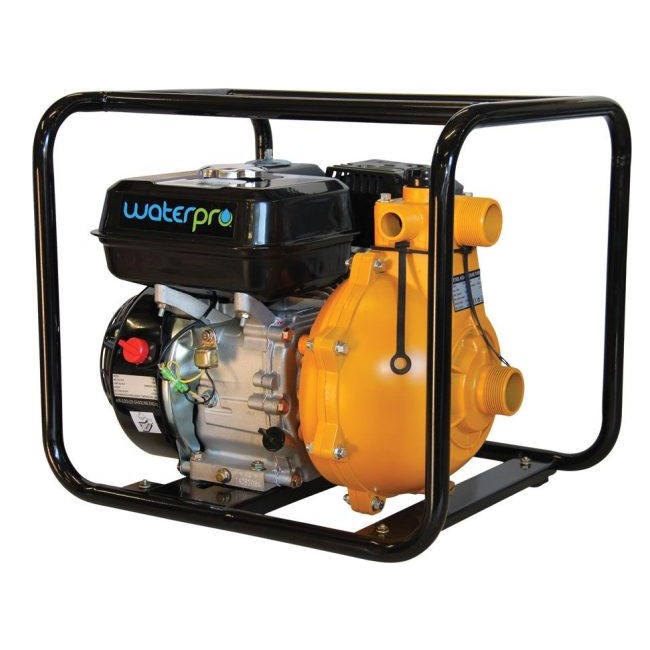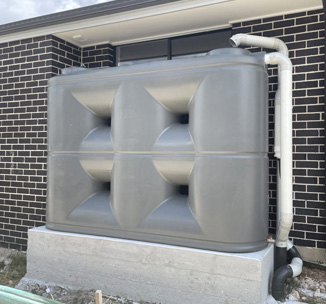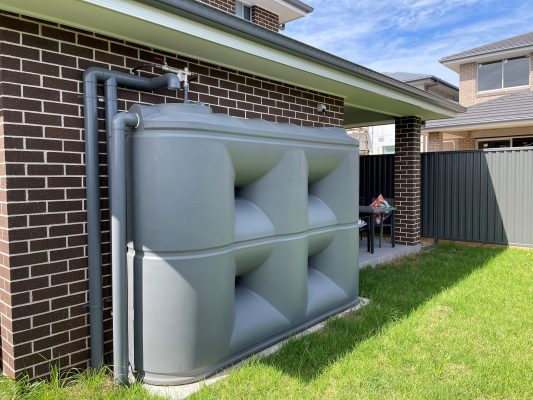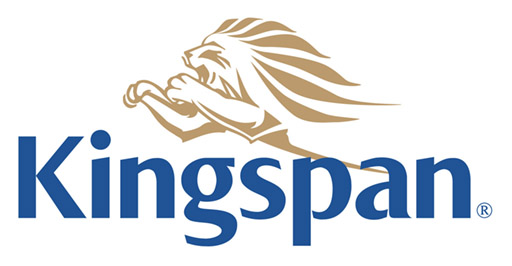1. Why do I need a water tank?
In some jurisdictions, governments require the construction of new / existing homes to include rainwater tanks to supply water for toilet flushing, laundry and outside use such as topping up your pool or capturing rainwater from sheds / roof areas (refer to your local council requirements). Capturing natures precious chemical-free resource can also help you save money and is environmentally friendly!
2. What are the main benefits of having a rainwater tank?
– You can save money on water bills by capturing natures free, renewable resource!
– Rainwater can be used to flush toilets, wash clothes, water the garden, wash cars, top up pools / spas and more!
– Rainwater is chemical free and is captured from the roof surface.
3. What size tanks do you make?
We make 19 different sized tanks in slimline, round and underdeck varieties, starting from 1,000 litres, up to 10,000 litres. We also sell LILO underground tanks that are made in Western Australia in 1500, 3,000 and 5,000 litres.
Our tanks come in a variety of dimensions; standard, super slim, tall and lowline. Check out the links above to see the dimensions.
4. Do you have tanks in stock / available to buy now?
Unfortunately we cannot stock every size and colour at once. At times we may have stock available, so if you are in a hurry it is worth giving us a call to check if we have your desired size / colour instock. If not, we would be happy to manufacture one for you based on your requirements. Production time to make a tank is approx 4-5 weeks.
5. What colours do you have available?
We offer over 25 colours to choose from in our slimline, round and underdeck tank range. Our colours are equivalent to Colorbond colours. Choose a colour that compliments your brick, gutter or roof colour or blends into the natural environment.
6. What material are your tanks made from?
Our tanks are made from Polyethylene.
7. What does an Enviro Water Tank tank come with?
All tanks purchased direct from Enviro Water Tanks include:
- Leaf strainer (fitted to the inlet)
- Ball valve 25mm
- Overflow connection (Mozzie Stoppa) 90mm
- 2 or 3 x 25mm brass outlets moulded into the tank (at ankle / bucket height – this varies based on the model / size of tank) – these come sealed so can be cut out with a holesaw according to your requirements.
8. Do you deliver? Where do you deliver?
Yes, we deliver to accessible front of site properties in the Sydney metro area, Central Coast, South Coast in NSW and some areas of the ACT. To confirm we can access your site, we will need to check the exact address. It is helpful for you to advise if the street/site is steep, narrow or is a cul-de-sac etc as our truck and trailor can be up to 20 metres long. Please call us on 1300 737 210 for a delivery quote.
9. Can I pick up a tank from you if you don’t deliver to my area or if I need it right away?
Yes, we offer pick up for private orders – it is best to call us prior to ensure the tank is available and to confirm the time and date you wish to pick up. You are responsible for securing the tank to your vehicle, it is best to use load straps to do this. Round tanks are best to travel on their side, and slimline tanks are best to travel standing upright.
10. Do you sell your tanks in retail stores?
Yes, Enviro Water Tanks tanks are available to order from leading hardware and plumbing stores including Bunnings, Mitre 10, Eagles Plumbing, Tradelink, Reece, Southern Plumbing and some private tank retailers. These stores are located between Sydney and Coffs Harbour to the north, including the Central Coast, Taree, Forster, Port Macquarie, Kempsey and Coffs Harbour. To the west including Bathurst, and to the south including Albion Park, Wollongong and Batemans Bay.
11. Do the tank sizes vary?
We do our best to list the measurements to be as accurate as possible, however they may vary slightly due to the manufacturing process.
12. Can I join two or more tanks together?
Yes, you can join tanks together using flexible coupling / hose. The flexible coupling connects to the ball valve, located at ankle height (one ball valve provided with each tank purchase) which attaches to the moulded brass outlet on the tank. You can also connect the tanks where the overflow hoods are positioned using PVC pipe (a plumber is probably best to do this). Having two joins means that the tanks will fill up faster. Feel free to call us to discuss this or speak to a plumber.
13. Where are you located?
Enviro Water Tanks tanks are manufactured in South Windsor, NSW Australia. We are a family owned Australian business. We have tanks on display if you want to come and have a look at what we offer and have friendly, helpful staff available to answer your questions. We are open Monday to Friday, 7.30am – 5.00pm (closed public holidays).
14. Do you accept tank / pump returns if I change my mind or the colour/size isn’t right?
Sorry, we don’t accept returns for incorrect size / colour ordered. Please check the dimensions of the tank before you order to ensure it fits into the space. Pick up a Colorbond colour swatch from your local hardware store to check what colour tank would suit. Ask us for the specs of the pump or check them out here before you order to check that it meets your requirements.
15. How long will it take for my tank to fill up with rain water?
Obviously, this is dependent on the volume and timing of rainfall in your area. To calculate the run-off from your roof, 1mm of rain on 1 square metre of roof will deliver 1 litre of water into your tank. As a rough guide:
• An average 1 car carport is 25 square metres
• An average 3 bedroom house has a roof surface area of approx. 150 square metres
• An average 4 bedroom house has a roof surface area of approx. 200 square metres.
• An average 5 bedroom house has a roof surface area of approx. 300 square metres
So, if you have an average 3 bedroom house and a 3000L tank, it would take 20mm of rain to fill your tank.
16. How much water do we use?
On average each of us uses 147 litres of water per day. This equals around 53,000 litres per year!
Average water use as a percentage breakdown;
• 30% shower • 20% outdoors • 19% tap bath and other • 16% washing machine • 14% toilet • 1% dishwasher
17. What benefit is there to using rainwater to connect to the toilet / laundry?
By using natures chemical-free renewable resource, you can save on water bills and be kinder to the environment. Did you know that a toilet single flush uses approx 5 litres of water per flush, a front loader washing machine uses approx 60 litres per load and washing your car for 10 minutes can use up to 200 litres? Many new houses require installation of a rainwater tank with a pump that services toilets and laundry to aid in stormwater management and to make the most of the free, clear, resource we call water!
18. Is the tank water safe for drinking?
With emphasis today on the environment, sustainability and climate change, we are proud to announce that the products we use are heavy metal-free.
Enviro Water Tanks use environmentally friendly products. We do not add Phthalates (typically di-2-ethylhexylphthalate (DEHP) also sometimes known as Dioctyl phthalate (DOP), benzyl butyl phthalate (BBP), and Dibutyl phthalate (DBP)) nor Bisphenol A.
Powder used in the manufacture of our tanks contains absolutely no toxic heavy metals such as lead, cadmium and chromium. This complies with the Australian and New Zealand Standards.
We guarantee you an environmentally friendly quality product which is 100% food safe for the whole family.
To keep your tank water extra clean, ensure you maintain and clean your roof / gutters regularly. In addition, we recommend installing a first flush and leaf eater.
19. Do I need to disinfect my water tank?
Regular disinfection should not be necessary. However, if you suspect that water in the tank is contaminated, it can be chlorinated by adding powdered swimming pool chlorine (calcium hypochlorite, 65 per cent available chlorine) or liquid chlorine (sodium hypochlorite, 12.5 per cent available chlorine). You should not use stabilised chlorine (chlorine cyanurates).
It takes about 5 milligrams of chlorine per litre to disinfect your tank. This is equivalent to 7 grams of calcium hypochlorite or 40 millilitres of sodium hypochlorite per 1000 litres of water. A level dessert spoon may be used as an approximate measure for 7 grams of powdered calcium hypochlorite. A lot of the chlorine may be used up during disinfection. There should be at least 0.5 milligrams per litre free chlorine, 30 minutes after the chlorine is added – you can use a pool chlorine test kit to measure how much chlorine is in the water. Note that milligrams per litre is the same as parts per million.
You should be able to smell the chlorine faintly an hour or so after treating the water. If you can’t, you may need to add a similar amount of chlorine again. Ideally the tank shouldn’t be used for at least 24 hours to allow the chlorine taste and smell to dissipate and for harmful microorganisms to be destroyed.
It is important to follow the manufacturer’s instructions. Filters should be correctly installed; maintained and replaced regularly otherwise they will become ineffective and can allow bacteria to grow that are then released into the filtered water. Please contact your local Public Health Unit for further advice on disinfection and filtration.

